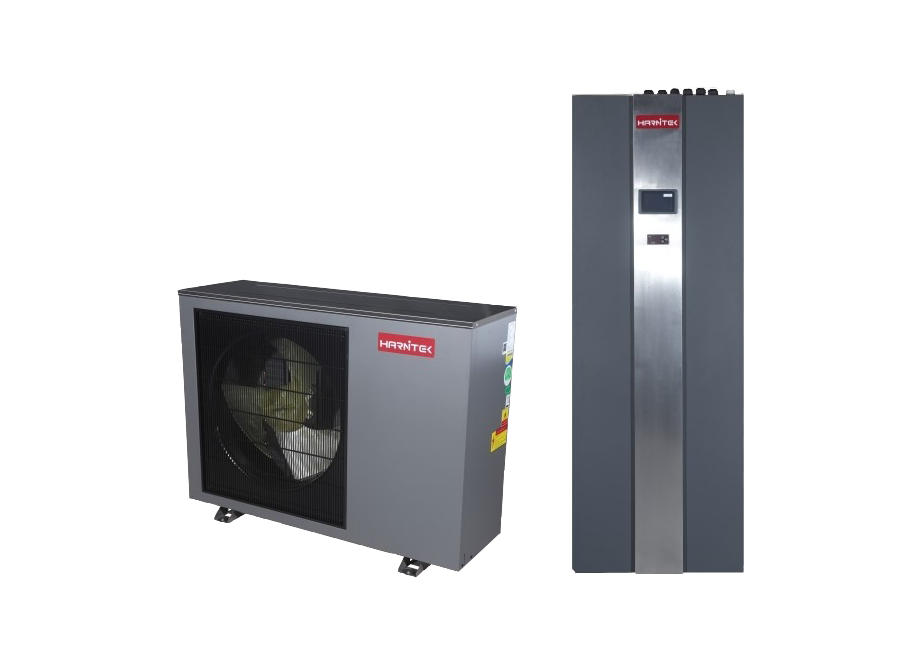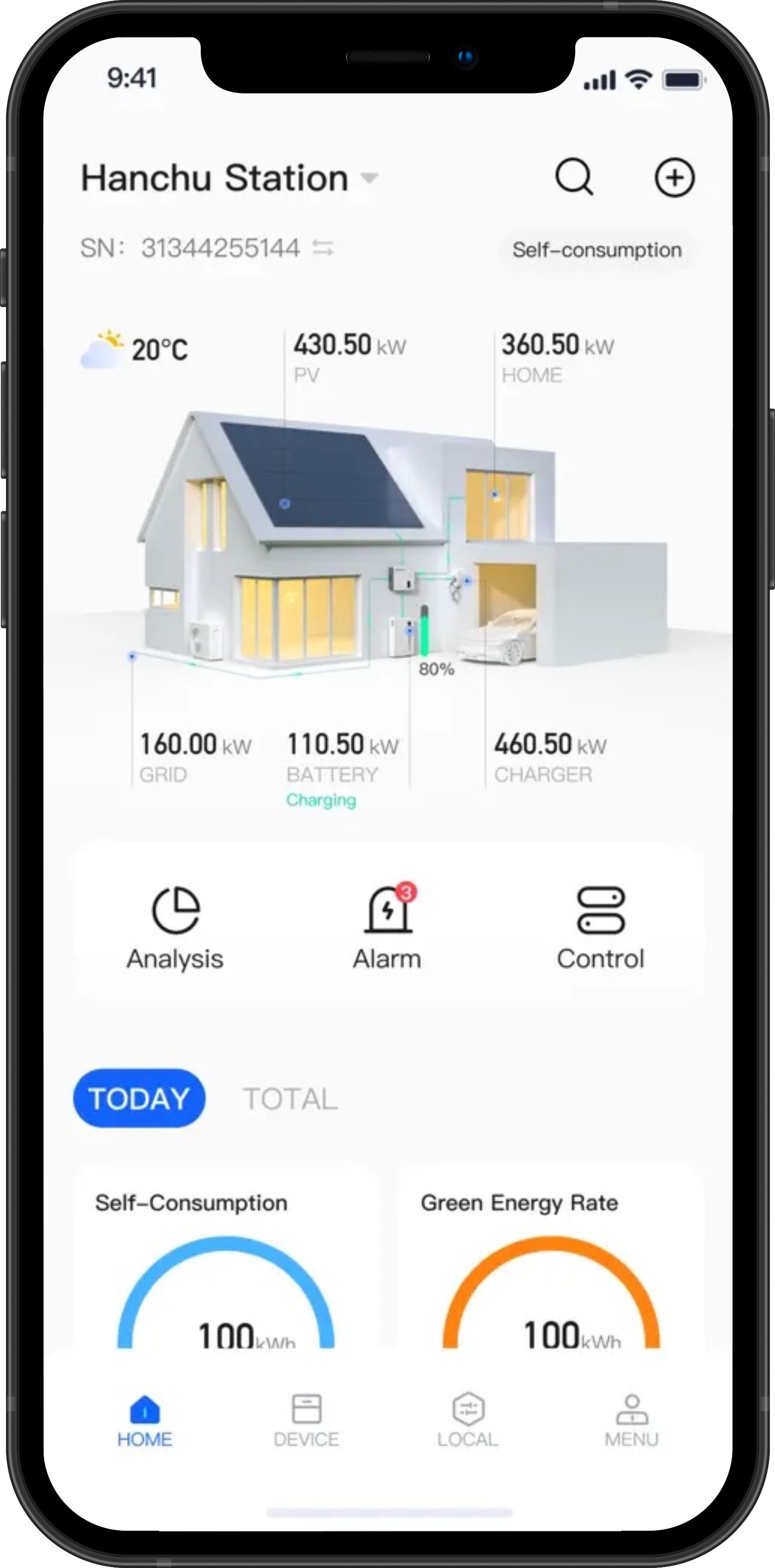As the world races toward a sustainable energy future, the transition from fossil fuels to renewable energy sources has become imperative. However, the path to a clean energy landscape is fraught with challenges, particularly when it comes to integrating variable energy sources like solar and wind into the existing power grid. These renewables are abundant and environmentally friendly, yet their output is not consistent—solar panels produce no electricity at night, and wind turbines remain still on calm days.
Energy storage systems (ESS) have emerged as a vital solution to this problem. By storing excess energy produced during peak generation times and releasing it when demand outstrips supply, these systems ensure a steady and reliable flow of electricity, even when renewable generation is low. Energy storage is emerging as the key player in the global shift towards a sustainable energy future.
The Growing Need for Energy Storage
The global push towards renewable energy is gaining momentum, with solar and wind power leading the charge due to their environmental benefits and declining costs. In the first quarter of 2024, 50.9% of electricity was produced renewably – a near record being the second most energy produced in a quarter. Traditional power grids are designed for a predictable, continuous electricity supply, which is difficult to achieve when the energy source depends on the weather or time of day. This intermittency is one of the main obstacles to the widespread adoption of renewables.
Energy storage systems provide a critical bridge to overcome this challenge. By capturing and storing excess energy produced during periods of high generation—such as sunny afternoons for solar or windy days for wind power—these systems can release energy when generation drops, such as during the night or on calm days.
The need for energy storage is underscored by the rapid growth of the market. Projections from Statista suggest that the global energy storage market could reach $349 billion by 2027, a significant leap from its 2023 value of $256.4 billion. This is predicted to reach $506.5 billion by 2031. This growth is driven by the increasing reliance on renewable energy, the necessity for grid stability, and the push for reducing carbon emissions. As the world continues to embrace sustainable energy, the role of energy storage systems will only become more critical in ensuring that the transition is both effective and resilient.
Helping to Overcome Intermittency for Reliability
While mitigating the intermittency of renewable energy sources is a primary function of energy storage systems (ESS), their impact extends far beyond this single role. These systems are integral to creating a more resilient, efficient, and sustainable energy infrastructure, offering benefits that touch on various aspects of energy management and grid stability.
- Mitigating Intermittency
At the core of ESS is their ability to address the variability of renewable energy by balancing supply and demand. By storing surplus energy during periods of high production and discharging it when production is low, energy storage ensures that the grid can rely more heavily on renewable sources without compromising reliability.
- Enhanced Grid Resilience
Energy storage systems also play a vital role in enhancing grid resilience. By acting as a buffer, these systems absorb excess energy and release it as needed, helping to regulate grid frequency and voltage. This stability is particularly important during extreme weather events, which can disrupt traditional power generation and lead to outages.
- Demand Management
Energy storage systems are also key when managing demand, where utilities can influence when and how consumers use electricity. By strategically charging and discharging stored energy, utilities can smooth out demand peaks, encouraging consumers to use energy during off-peak hours when it is cheaper and more abundant.
The Challenges Ahead
As the storage systems continue to evolve and become more sophisticated, the potential increases. However, several challenges may lay ahead and have to be addressed to realise this.
- Policy and Regulation
Government policies and regulations play a crucial role in shaping the future of energy storage. Supportive policies, such as subsidies, tax incentives, and research funding, can accelerate the development and deployment of ESS. However, inconsistent regulations across different regions and markets can create barriers to adoption. Harmonising these policies and creating a clear regulatory framework will be essential to encourage investment in energy storage and to integrate these systems into the grid effectively.
- Economic Considerations
While the cost of energy storage has been declining, it remains a significant factor in its adoption. Continued investment in research and development, along with economies of scale, will be necessary to make ESS more cost-competitive with traditional energy solutions. The economic benefits of energy storage, such as reducing peak demand charges and providing backup power during outages must be clearly communicated to both consumers and businesses to drive wider adoption.
- Environmental Impact
As energy storage systems become more widespread, it is important to consider their environmental impact. This includes not only the materials used in their production but also the lifecycle impacts of these systems. For example, lithium-ion batteries require rare earth metals, which can have significant environmental and ethical implications. Developing more sustainable and recyclable storage technologies will be critical to ensuring that the growth of ESS contributes positively to the overall goal of reducing carbon emissions and environmental degradation.
In Conclusion
Due to the scale of global climate goals, huge investments, behavioural change and supportive policies is required by governments, industries and consumers alike.
However, as the market projections show, the industry is predicted to double in size over the coming years, signifying that change is well on its way. The continued development of technology, as well as increased numbers of renewable energy production equipment, indicate that the future of energy storage is bright in its role as a key player in hitting sustainable energy targets.
By addressing the challenges head-on, the full benefits of energy storage can be unlocked, ensuring that it not only supports the transition to renewable energy but also contributes to a more resilient, efficient, and sustainable energy system.

 Inverters
Inverters
 Batteries
Batteries
 EV Chargers
EV Chargers
 Heat Pumps
Heat Pumps
 Radiators
Radiators
 Greenlinx
Greenlinx